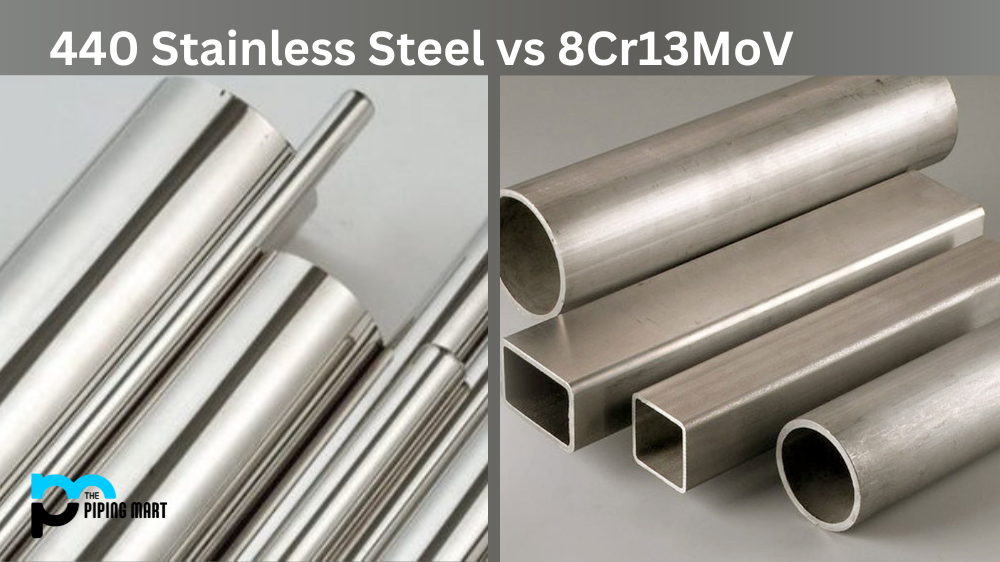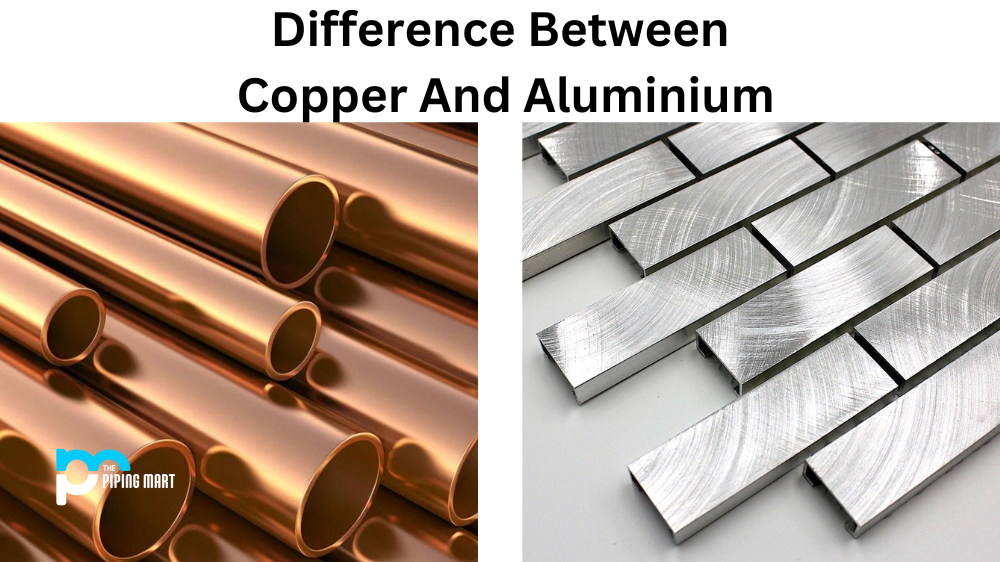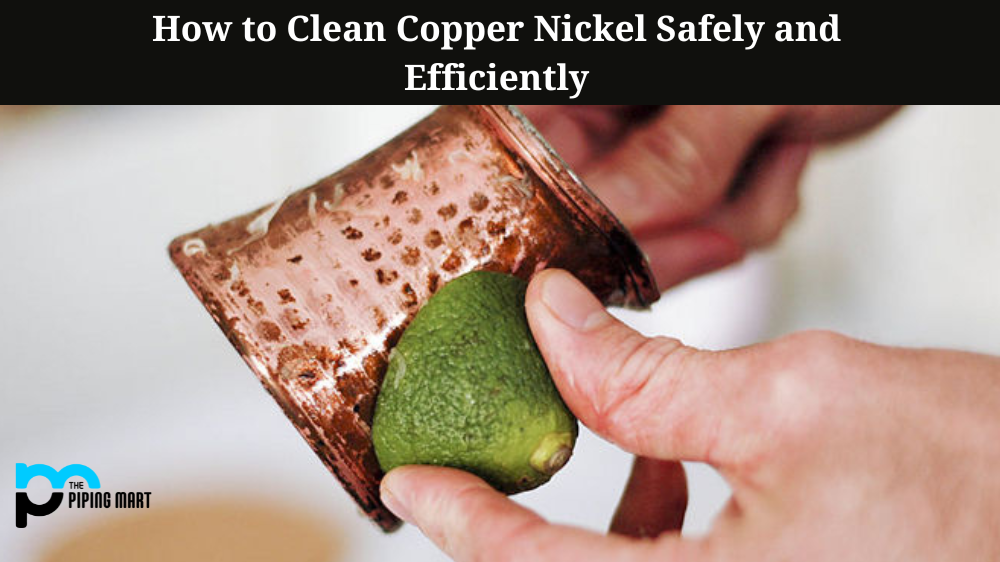For those looking for strength and durability in their steel, two of the most popular options on the market are 1045 steel and A36 steel. Both of these types of steel have a variety of uses and can be used for a number of applications. But, what exactly is the difference between them? Let’s take a closer look at both of these steels to determine which might be better suited for your needs.
1045 Steel
1045 steel is a medium-carbon steel with a tensile strength ranging between 570-700 MPa. It is known for its higher strength and impact resistance compared to other steels, making it particularly popular in the manufacturing industry. It also has excellent machinability properties, meaning it can be easily cut or formed with ease. 1045 steel also has good weldability properties, but should only be welded with preheating due to its high carbon content.
A36 Steel
A36 steel is low-carbon mild steel with a tensile strength ranging from 250-400 MPa. It is one of the most widely used steels in the world due to its versatility, affordability, and abundance in nature. A36 steel is very easy to form and work with due to its low carbon content and softness, making it ideal for welding applications without preheating requirements. It also offers good ductility and excellent machinability properties, making it suitable for various fabrication projects.
Difference Between 1045 Steel and A36 Steel
Composition
One of the key differences between 1045 steel and A36 steel is their chemical composition. 1045 steel contains 0.45% carbon, while A36 steel contains 0.26% carbon. As a result, 1045 steel is stronger and harder than A36 steel.
Yield Strength
Another key difference between 1045 steel and A36 steel is their yield strength. Yield strength measures a material’s ability to withstand an applied stress without permanently deforming. 1045 steel has a yield strength of 550 MPa, while A36 steel has a yield strength of 250 MPa.
Tensile Strength
1045 steel also has a higher tensile strength than A36 steel, with a tensile strength of 620 MPa vs 400 MPa for A36 steel. Tensile strength measures a material’s ability to resist being pulled apart by an applied force.
Hardness
1045 steel is also significantly harder than A36 steel, with a Rockwell hardness of 60 vs 30 for A36 steel. Hardness is a measure of a material’s resistance to indentation and scratching.
Machinability
1045 steel is more difficult to machine than A36 steel, as it is more likely to work-harden during machining operations. Work-hardening occurs when the material being machined becomes harder and more difficult to cut as the machining process progresses. This can lead to increased tool wear and shortened tool life.
Weldability
1045 steel is also less weldable than A36 steel, as it has a lower melting point and is more likely to crack during welding operations.
Conclusion:
Both 1045 and A36 steel have unique properties that make them suitable for different uses. Knowing exactly what your application requires will help you decide which type of steel best suits your project or product needs. 1045 offers superior strength compared to A36 but may require preheating before welding, whereas A36 offers great ductility but may not have as much impact resistance as 1045 does. Ultimately, selecting the right type of steel comes down to knowing exactly what your application requires—so do your research before deciding!

A passionate metal industry expert and blogger. With over 5 years of experience in the field, Palak brings a wealth of knowledge and insight to her writing. Whether discussing the latest trends in the metal industry or sharing tips, she is dedicated to helping others succeed in the metal industry.




